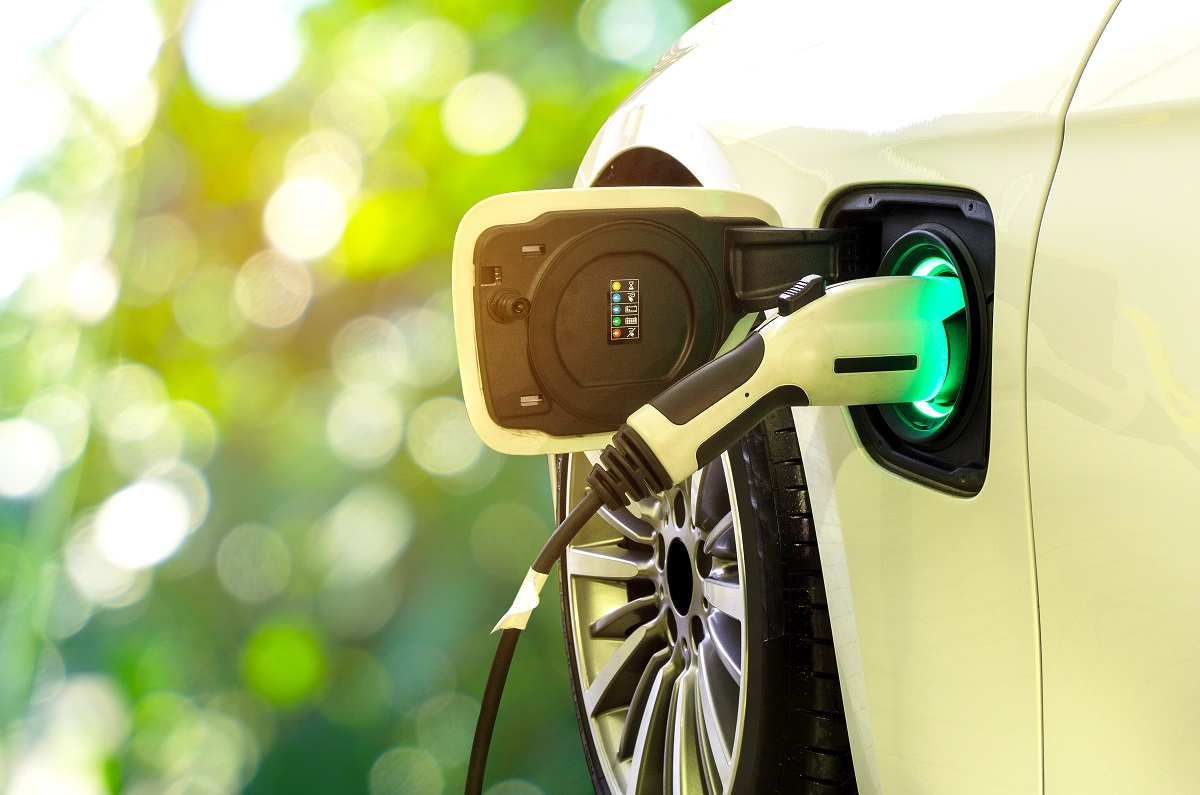As more and more automakers launch electric vehicle models and governments push for electrification of transportation to reduce emissions, electric vehicle adoption is steadily increasing across the world. However, a major factor holding some customers back from making the switch to electric is range anxiety or the worry that they may get stranded due to a depleted battery. To address this concern and enable widespread EV adoption, it is crucial to build out public fast-charging infrastructure to provide EV drivers easy access to chargers.
Types of EV Chargers
There are different types and speeds of electric vehicle chargers based on the voltage and power output they provide. The most common ones are:
Level 1 Chargers
Level 1 chargers operate on 120V power and provide charging speeds of up to 1.5 kW. They are mainly used for slow overnight charging at homes using the standard 120V plug. A full charge can take 8-10 hours using a Level 1 charger.
Level 2 Chargers
Level 2 chargers provide faster charging rates than Level 1 chargers by operating at higher voltages of 208V-240V. The power output ranges from 3.3 kW to 19.2 kW. Installed in homes or public locations like parking lots, workplaces, etc., Level 2 chargers can fully charge an electric vehicle in 4-8 hours depending on the battery size.
DC Fast Chargers
Also known as Level 3 chargers, these use direct current and much higher voltages of 400-900V to provide extremely fast charging capabilities. The power output starts from 50 kW and goes up to 350 kW or more for the latest ultra-fast chargers. DC fast chargers are most suitable for public charging stations along highways as they can charge an EV up to 80% within 30-45 minutes.
Emerging Next-Gen EV Charging Technologies
While the above Electric Vehicle Charger types are widely used today, intensive R&D is also going into developing next-generation high-power ultra-fast charging technologies to further improve EV adoption. Some promising new technologies include:
Inductive Wireless Charging
Inductive or wireless charging works on the principle of inductive power transfer through electromagnetic induction between two coils. It eliminates the need for physically connecting charging cables to the vehicle. Several automakers are testing dynamic as well as stationary wireless charging systems.
Solid-State Battery Charging
Solid-state batteries promise higher energy density and faster charging capabilities compared to current lithium-ion batteries. Combined with high-power solid-state chargers, they could enable charging an electric car to 80% within 10-15 minutes. Both Toyota and BMW are actively researching solid-state batteries.
Beam Charging for Long Distance Trips
Beam charging technology proposes powering EVs through focused energy beams while driving for long distance travels in the future. Companies like WiTricity are researching how directed energy can be safely transferred to top up vehicles on the move through laser technology or magnetic resonance.
Public EV Charging Infrastructure Developments
With new electric vehicle models entering regularly, governments and private players are working to deploy widespread public fast-charging infrastructure to boost EV confidence. Here are some prominent developments:
Tesla Supercharger Network
Tesla was one of the early movers in setting up a dedicated fast-charging network for its cars. Its Supercharger network has grown to over 25,000 individual fast-chargers across 35 countries. Newer V3 Superchargers can charge at rates upto 250 kW.
Ionity High Power Network in Europe
Ionity is a joint venture between BMW Group, Daimler, Ford and Volkswagen Group with a mission of building a high-power charging network across Europe. It aims to establish around 400 stations with over 2000 connectors by 2020.
Electrify America’s US Charging Plan
As part of the diesel emissions settlement, VW spin-off Electrify America is investing $2 billion until 2027 to build EV charging stations across the United States. It plans over 1000 stations by July 2019 and further expansion till 2026.
Tata Power’s Fast Charging Stations in India
In India, Tata Power has set up 50 fast chargers at 25 locations along major highways to help support long distance driving. The government also plans installation of at least one EV charging station at around 69,000 gas stations across India by 2030.
Greenlots Charging Network Partnership
Electric utility companies are also entering the EV charging space to support customers and emission reduction goals. Greenlots partners with leading utilities for deploying public fast chargers integrated with the power grid for demand response.
*Note:
1. Source: Coherent Market Insights, Public sources, Desk research
2. We have leveraged AI tools to mine information and compile it



